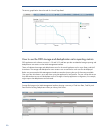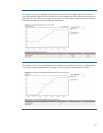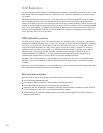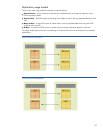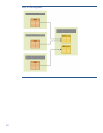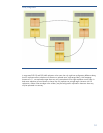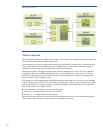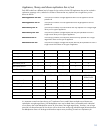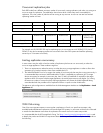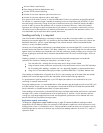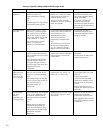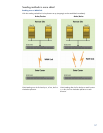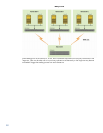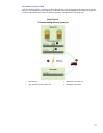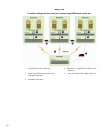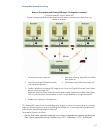
54
Concurrent replication jobs
Each D2D model has a different maximum number of concurrently running replication jobs when it is acting as a
source or target for replication. The table below shows these values. When many items are available for
replication, this is the number of jobs that will be running at any one time. As soon as one item has finished
replicating another will start.
D2D2502 G1
D2D2503 G1
D2D2504 G1
D2D400X G1
D2D4112 G1
Maximum Source jobs
2
1
2
2
2
Maximum target jobs
3
2
3
6
8
D2D2502 G2
D2D2504 G2
D2D4106 G2
D2D4112 G2
D2D4312 and
D2D4324 G2
Maximum Source jobs
4
4
8
8
16
Maximum target jobs
8
8
24
24
48
For example, an HP D2D2502 G2 may be replicating up to 4 source items to an HP D2D4312 G2; the HP
D2D4312 may also be accepting another 44 source items from other D2D systems and itself be replicating
outward up to 16 streams concurrently.
Limiting replication concurrency
In some cases it may be useful to limit the number of replication jobs that can run concurrently on either the
source or target appliance. These conditions might be:
1. There is a requirement to reduce the activity on either the source or target appliance in order to allow other
operations (e.g. backup/restore) to have more available disk I/O.
2. The WAN Bandwidth is too low to support the number of concurrent jobs that may be running concurrently. It
is recommended that a minimum WAN bandwidth of 2 Mb/s is available per replication job. If a target
device can support for example 6 concurrent jobs, then 12 Mb/s of bandwidth is required for that target
appliance alone. If there are multiple target appliances, the overall requirement is even higher. So, limiting
the maximum number of concurrent jobs at the target appliance will prevent the WAN bandwidth being
oversubscribed with the possible result of replication failures or impact on other WAN traffic.
The Maximum jobs configuration is available from the Web Management Interface on the Replication – Local
Appliance tab.
WAN link sizing
One of the most important aspects in ensuring that a replication will work in a specific environment is the
available bandwidth between replication source and target D2D systems. In most cases a WAN link will be used
to transfer the data between sites unless the replication environment is all on the same campus LAN.
It is recommended that the HP StorageWorks Sizing Tool (http://www.hp.com/go/storageworks/sizer) is used
to identify the product and WAN link requirements because the required bandwidth is complex and depends on
the following:



